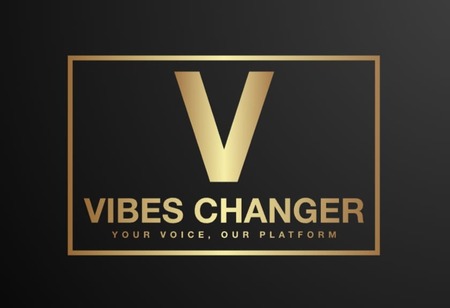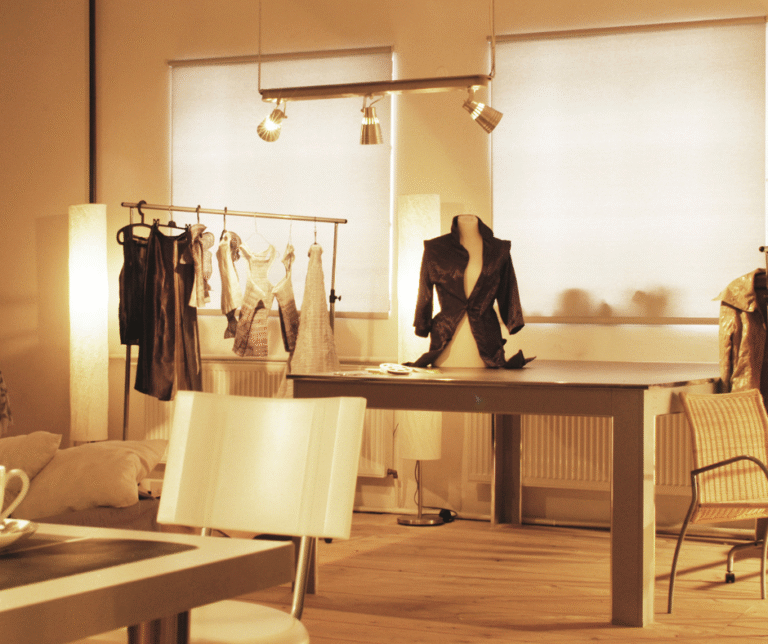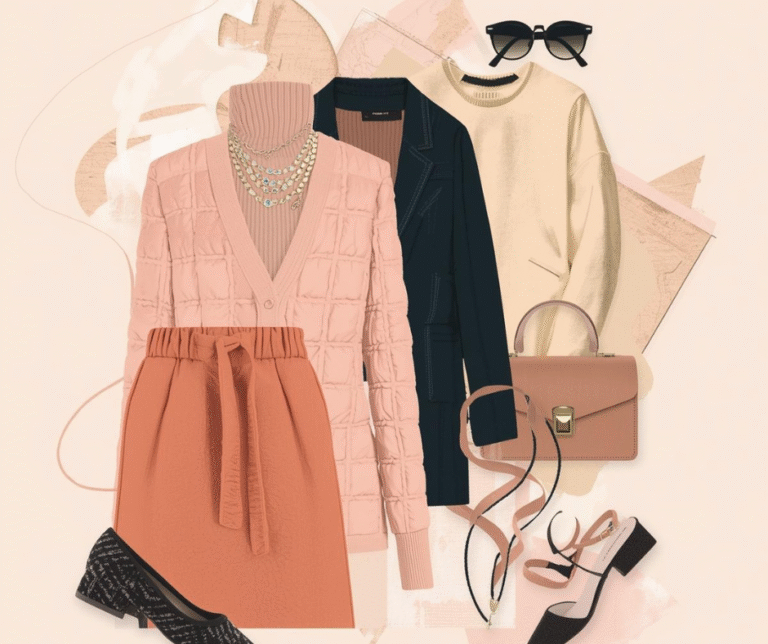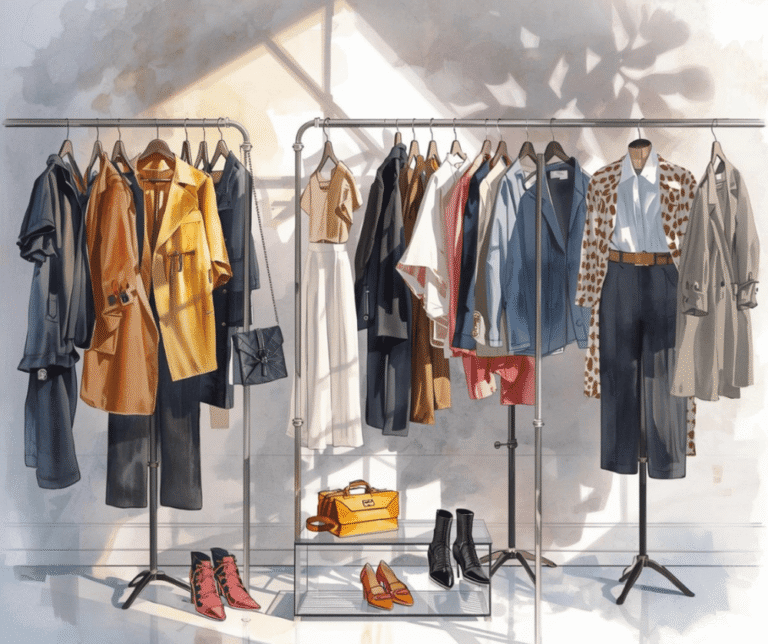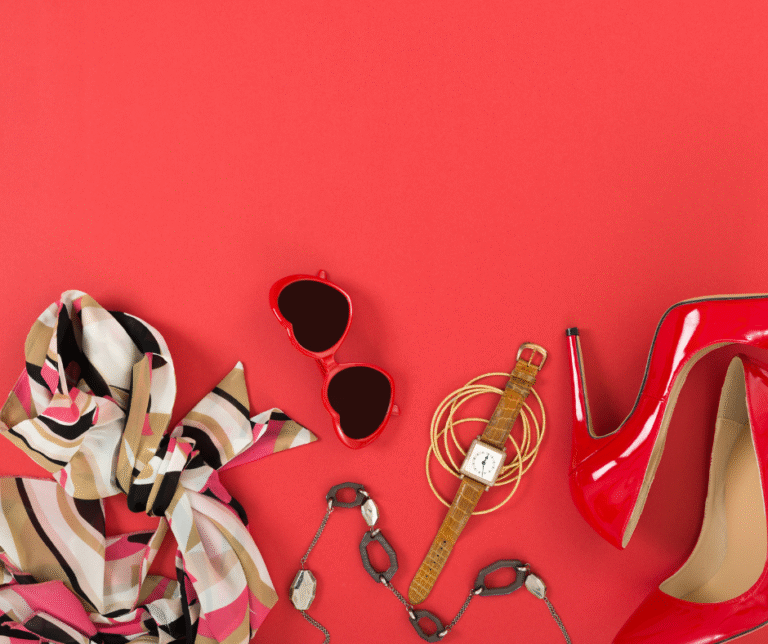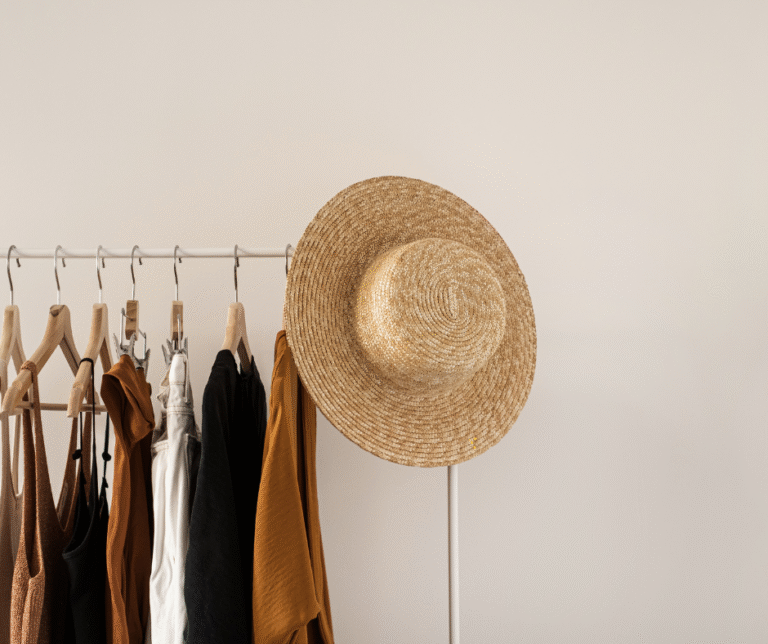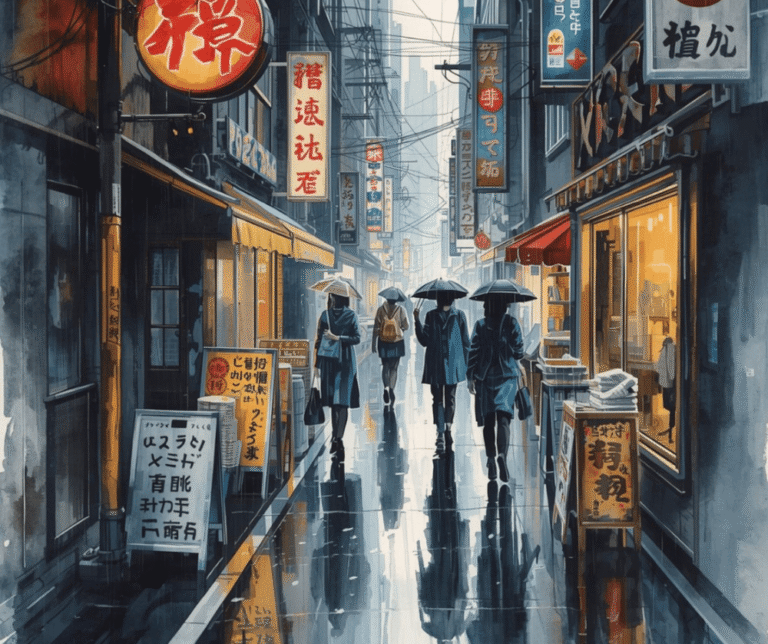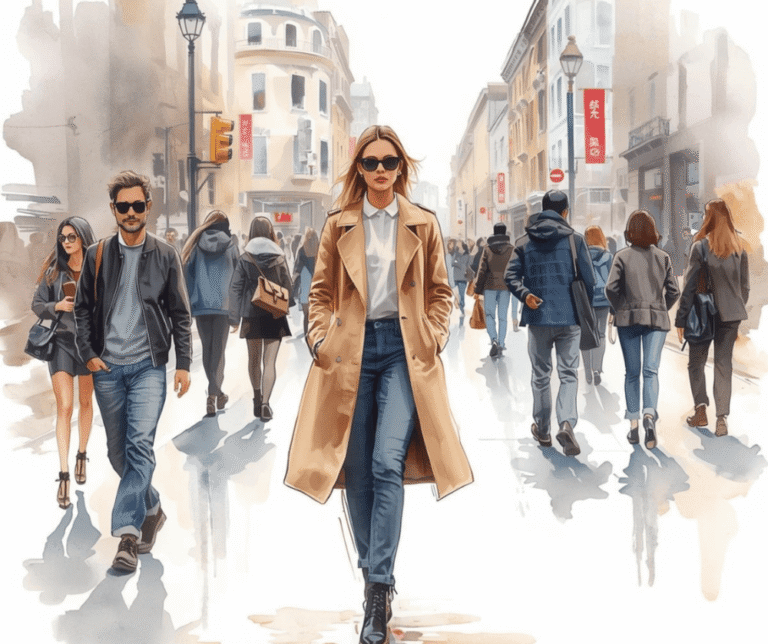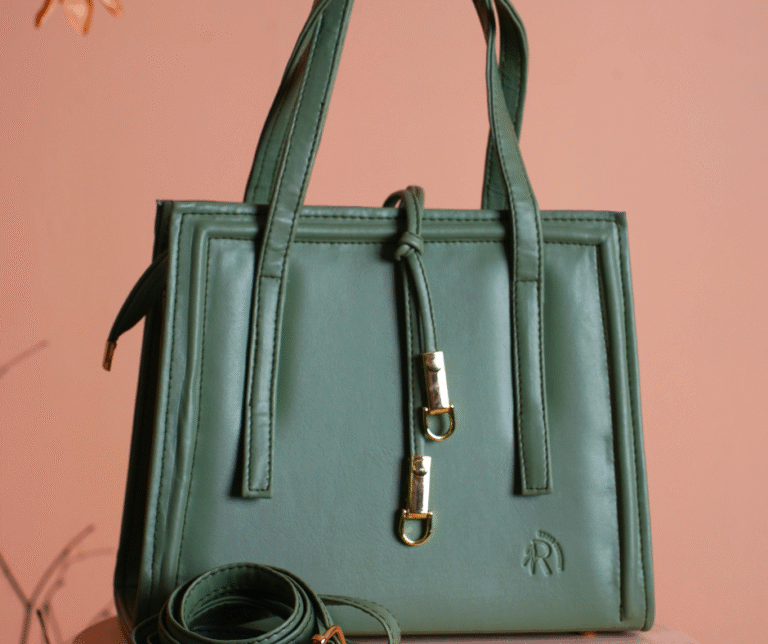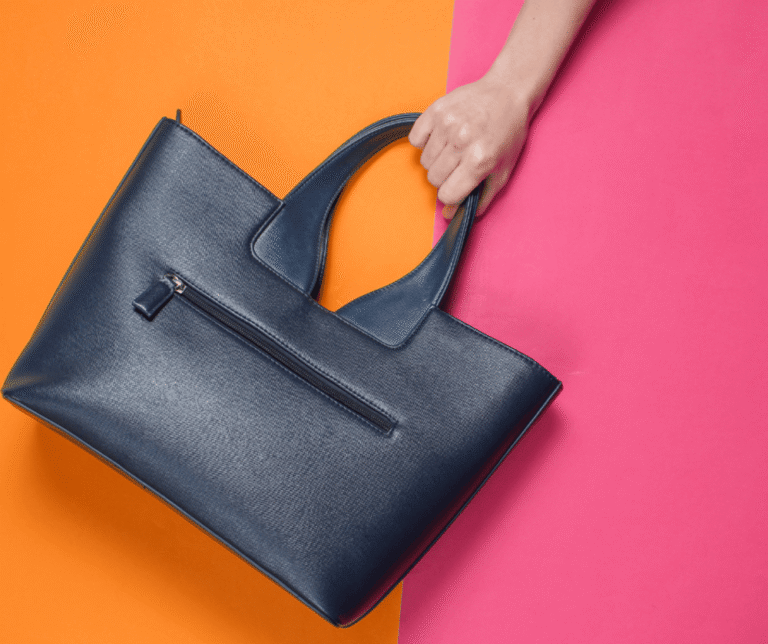Sustainable Style: The Future of Fashion is Conscious
Fashion is one of the most powerful forms of self-expression, yet behind the dazzling runway shows and must-have pieces lies a complex industry with significant environmental and social footprints. As we move further into the 21st century, a major shift is occurring: sustainable style is no longer a niche trend—it’s becoming the new standard.
Why The Change?
For decades, the model of fast fashion—characterized by rapid production, low prices, and disposable clothing—has dominated the market. This model, while delivering affordability, comes at a heavy cost:
-
Environmental Strain: Massive water consumption, pesticide use (in conventional cotton), chemical dyeing processes that pollute waterways, and enormous textile waste filling landfills.
-
Social Impact: Poor working conditions, unfair wages, and safety issues in garment factories around the globe.
The Pillars of Sustainable Fashion
Sustainable fashion proposes a fundamental rethinking of how clothes are made, bought, and used. Here are the core concepts driving this movement:
-
1. Ethical Sourcing: Prioritizing materials that are kinder to the planet, such as organic cotton (grown without toxic pesticides), recycled fibers, linen, or innovative materials like Tencel (Lyocell) and Pinatex (pineapple leaf fiber).
-
2. Transparency in the Supply Chain: Brands taking responsibility for the entire journey of a garment, from the farm to the hanger. This means knowing and sharing details about their factories, material origins, and labor practices.
-
3. Durability and Quality: Moving away from disposable clothing. Sustainable garments are designed to last, encouraging consumers to buy less and wear items longer.
-
4. Circularity: The concept of closing the loop. This includes designing clothes for recycling, offering repair services, and promoting the reuse of garments through resale or donation.
How You Can Embrace Conscious Consumption
Making the transition to a more sustainable wardrobe doesn’t require a complete overhaul overnight. Every small decision you make can have a positive impact.
| Action | Impact |
| Buy Less, Choose Well | Focus on timeless pieces rather than fleeting trends. Invest in high-quality basics. |
| Embrace Secondhand | Explore thrift stores, consignment shops, and online resale platforms. It’s the ultimate form of recycling! |
| Care for Your Clothes | Learn proper washing and drying techniques to extend a garment’s life. Repair small tears or replace missing buttons instead of discarding the item. |
| Ask Questions | Research the brands you support. Look for certifications (like GOTS for organic textiles) or clear statements about ethical labor. |
| Host a Clothes Swap | Gather friends and exchange clothes you no longer wear. It’s free, fun, and gives your wardrobe a fresh feeling. |
The takeaway: Style and ethics are no longer mutually exclusive. Choosing sustainable fashion allows you to look good while doing good. It’s about building a wardrobe that reflects your values and celebrates conscious craftsmanship over sheer volume. The fashion revolution is underway, and every shopper has a role to play.
#SustainableFashion
#EthicalFashion
#ConsciousConsumer
#SlowFashion
